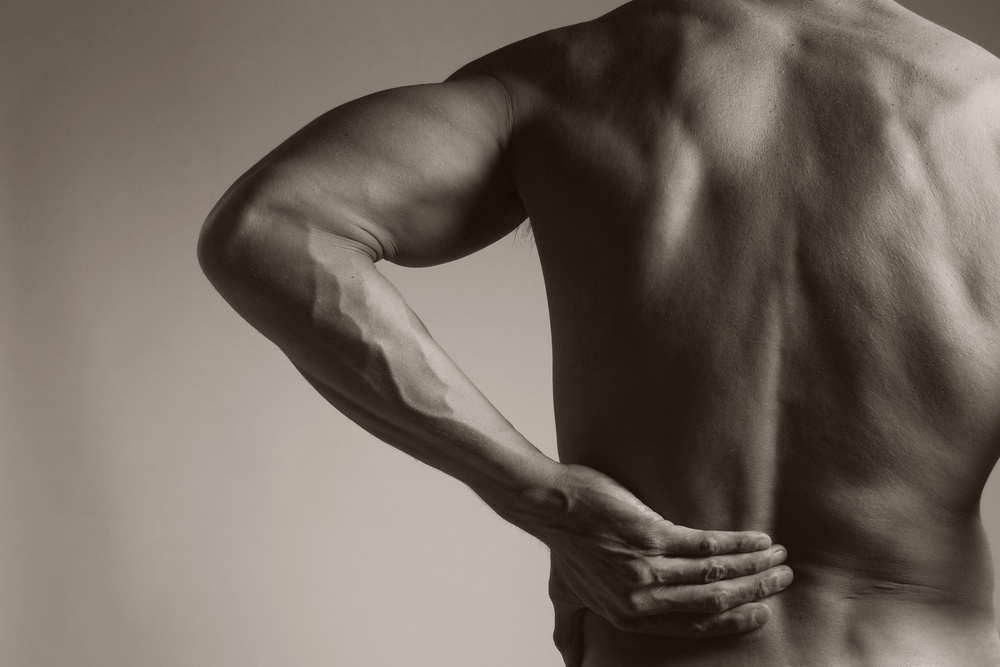
In the United Kingdom, passengers on the Underground hear an admonition being broadcast repeatedly in the terminals, “Mind the gap!”
In fact, the phrase has become a meme of sorts and shows up on mugs, t-shirts, and other tourist paraphernalia in and around London. But we could easily contend that, as bi-pedal creatures, we should “Mind the gait.”
In other words, we should be conscientious about how we walk.
Chronic Lower Back Pain and Your Gait
It would be a fair question to ask how one is related to the other.
But the truth is that the way you walk can cause lower back pain. In fact, most people have an aspect to their gait, or way of walking, that can contribute to accelerated wear and tear on the joints and ligaments, in addition to back pain.
Typically, our “normal” gait has developed as we have grown from children to adults, with little if any alterations over time. Sometimes, the way we walk is altered due to injury, disease, or simple muscle strain. The result can be favoring one leg or foot, limping, or even shuffling.
In addition to a dysfunctional gait, other conditions such as poor posture or a weak core can contribute stress on the body’s structure. In many cases, learning to change the way you walk can very likely eliminate and prevent back pain.
Doing Some Sole Searching
The soles of your walking shoes can tell you a lot about your walking form, or gait. By examining the wear patterns on different parts of your shoes you can learn about your walking mechanics and form.
For some, the outside of the heel will be worn more than the rest of the sole, typical of underpronation. Those whose gait tends towards overpronation will see more heel wear in the middle of the heel and even toward the inner edge of the heel.
The goal, of course, is to have and maintain “neutral”, or normal, pronation.
According to an article at Verywell Fit,
“In general, there are three types of gait patterns:
Normal: Pronation is the natural movement of your foot as you walk or run, with your foot rolling in slightly with each step.
Overpronation: Here, the ankle rolls more inward and downward with each step and continues that motion when the toes should start to push off. Common in those with flat feet, overpronation creates a twisting motion with the toes doing most of the work, which can be associated with knee pain and shin splints.
Underpronation: Also called supination, this gait causes your foot to roll outward with each step, putting more pressure on the outside edge of your foot and small toes. It’s most common in people with high, rigid arches and can be associated with iliotibial (IT) band syndrome and stress fractures.”
The problem is that most of us have no idea how we walk, what our gait is like or why, and – most importantly – how to correct it.
It’s In the Way You Walk
It has been estimated that we walk anywhere from 2,500 to 15,000 steps per day. In fact, most digital pedometer apps default to a 10,000 step per day walking goal. That means that the average person may walk close to four million steps in a year!
And if that individual has a walking gait dysfunction, the resulting abnormal movement and function can put stress and strain on muscles, bones, and joints in regions of the body not directly connected to the foot structure.
In other words, if an altered or dysfunctional gait is repeated day after day, year after year, it will weaken muscles and joints and cause pain, often in the lower back.
According to one podiatrist,
“Indeed, foot dysfunction may be the etiology or a contributing factor in many pathological conditions, including those affecting the back, hips and knees as well as other joints, bones and muscles. As a result of these postural changes, there is subsequent redistribution of ground reactive forces and the forces altered and redirected via compensations and the repetitive movements involved in gait.”
And oftentimes, pain from movement in other areas of the body can cause us to unconsciously alter our gait to compensate for it. This phenomenon is known as regional interdependence, a condition where one area of the body affects the function and muscular recruitment of another area of the body.
And, because your body will try to compensate for pain, you may find you can move on with your day. However, by shifting that pain around to compensate for your discomfort, this can lead to other forms of pain.
Step Into Lower Back Pain Relief With Pain and Performance Solutions
For chronic lower back pain, the first step in recovery and relief is letting us get to know you and your pain issues. Once you make your first appointment, we’ll want to learn about your present pain issues as well as any history of discomfort.
After a full examination, we can determine which form of treatment is needed to help you on your road to recovery, such as Anatomy in Motion (AiM). This is a key approach for relieving lower back pain caused by a dysfunctional gait. AiM philosophy is founded on principles of movement that are influenced by gait, or walking.
Achieving chronic pain relief with therapies such as Anatomy in Motion and the Selective Functional Movement Assessment (SFMA™) can only begin when we can understand where your pain started. This could mean that it started previously with another injury you might have sustained.
Your trust in us is key, as is your honesty. Ultimately, getting your body working properly and healthy is the only way to achieve total recovery. So, don’t hesitate to reach out. We are here to help and will answer any, and all questions that you may have.
You can reach us at (707) 636-4404 or by filling out our online contact form.